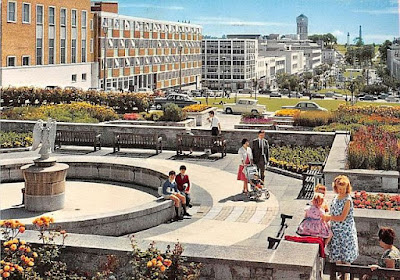AYR, the centre of the Burns country, is an attractive resort, seaport and industrial Royal Burgh. It has a fine sandy beach, and boat excursions to Arran, the largest of the islands of the Firth of Clyde, are popular with visitors. This is a major center and resort town on the Clyde coast. Formerly an important resort town for traditional beach vacations, Ayr has plenty of pubs and restaurants as well as evening entertainment, including the town's own theater company. The town center offers quite a good choice of stores, with many of the main streets traffic-free. The Kyle Centre is the main covered shopping mall.
Everyone who comes to Ayr inevitably follows the signs for Burns Cottage and Museum, the birthplace of Scotland's national bard. The presentation is of very high quality, with headphones giving individual commentary within the dark little cottage, authentically restored, while the adjacent museum, with its unique artifacts and papers, gives an insight into the hardships of Burns' early farming career. It is also a center of the Burns Trail and Burns industry.




















